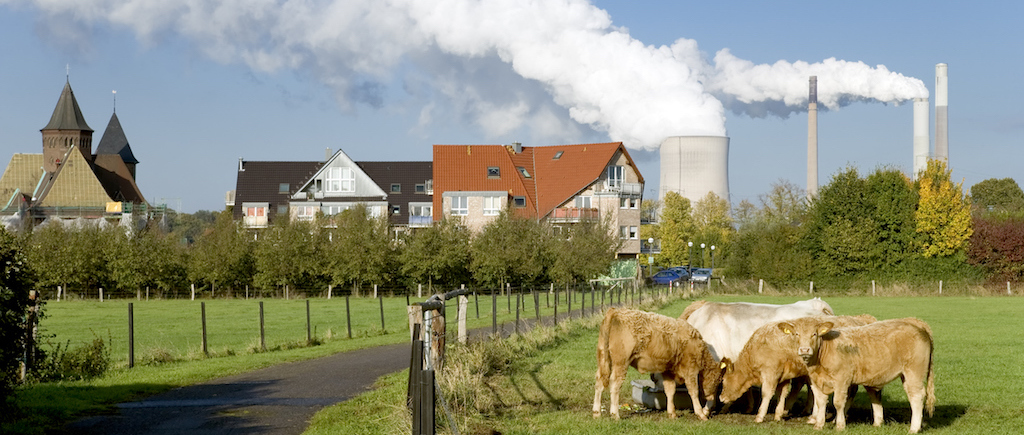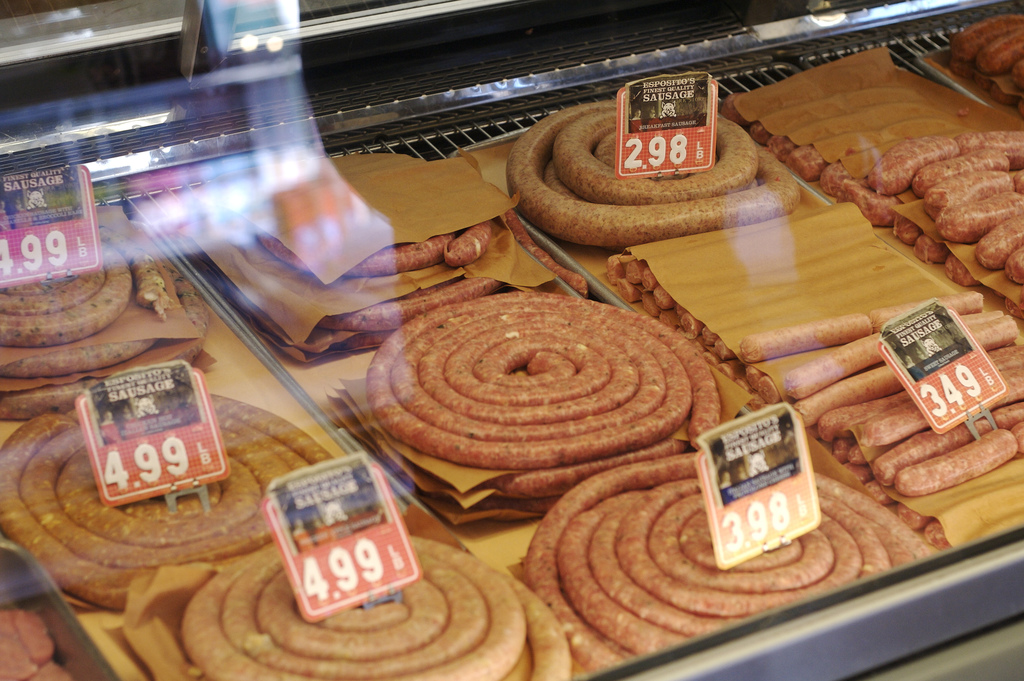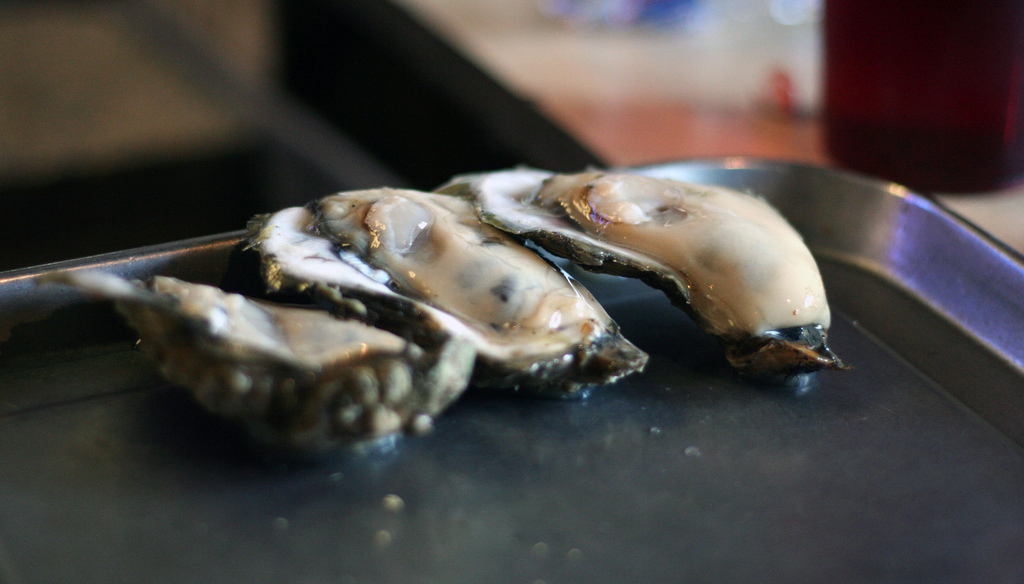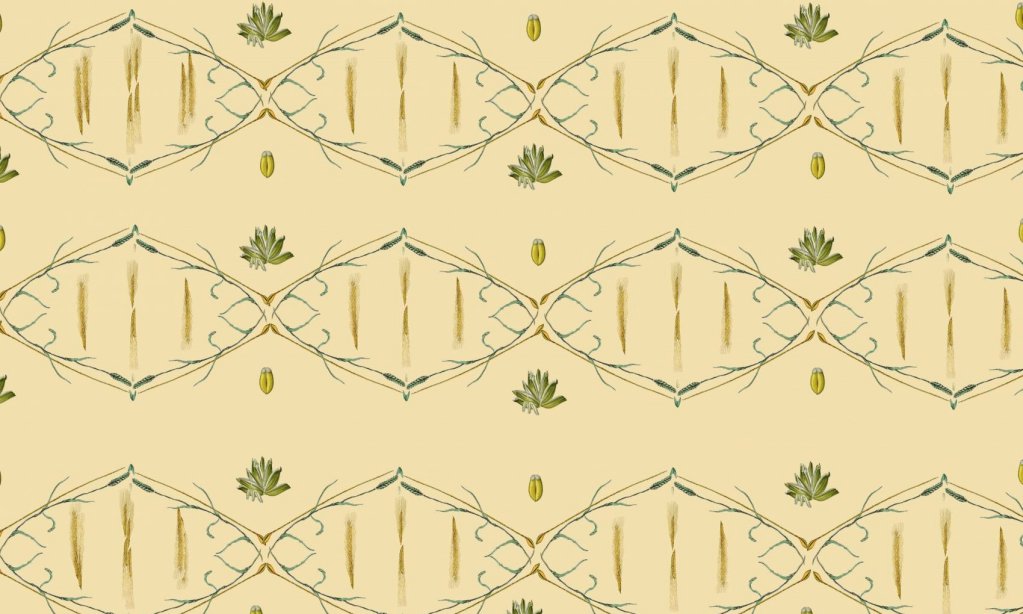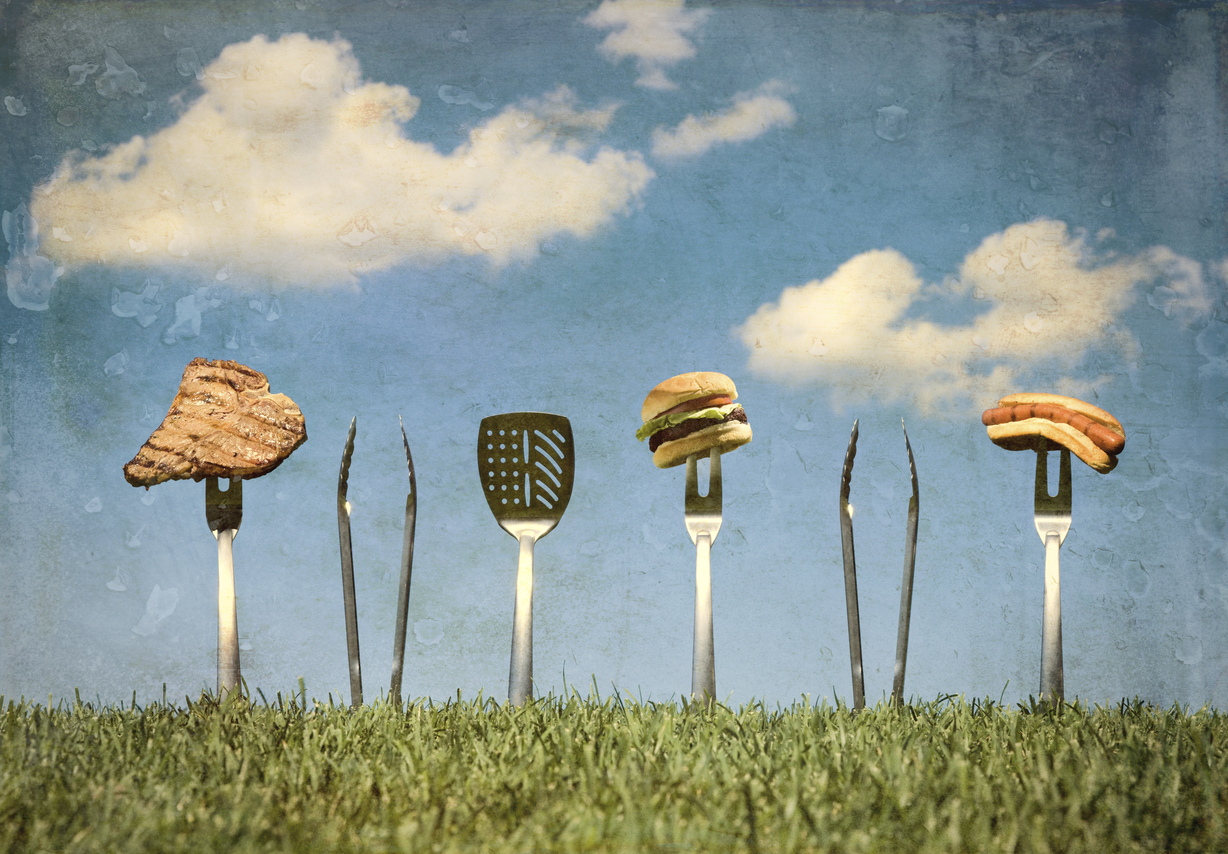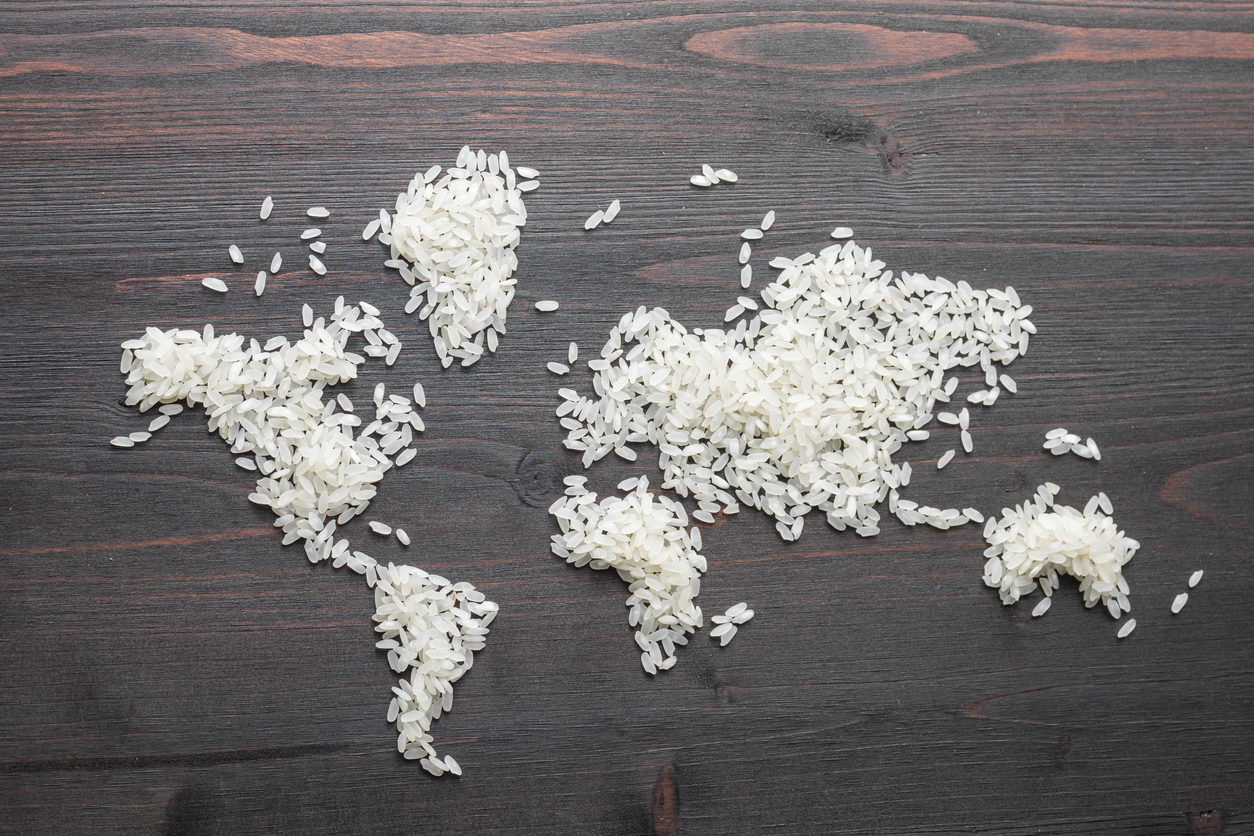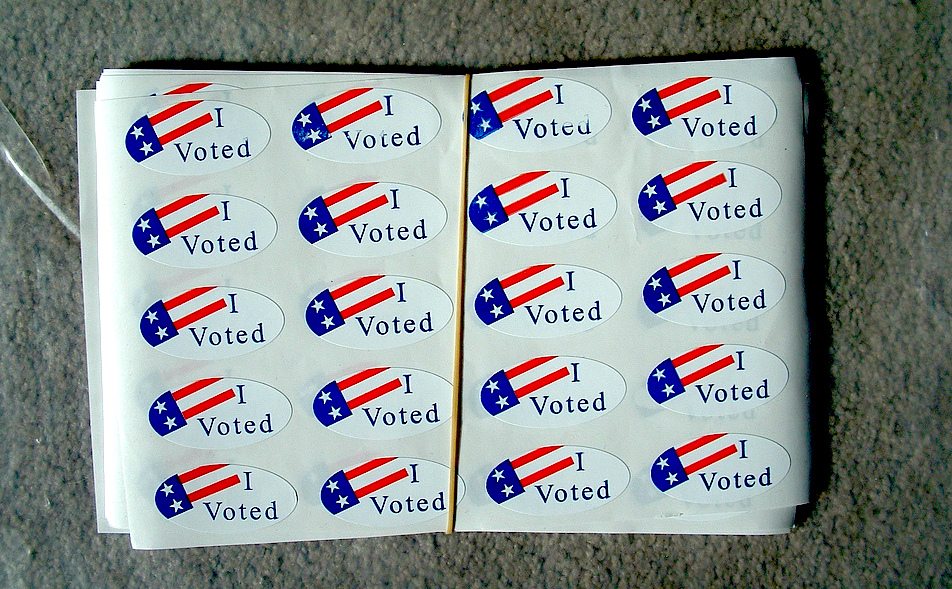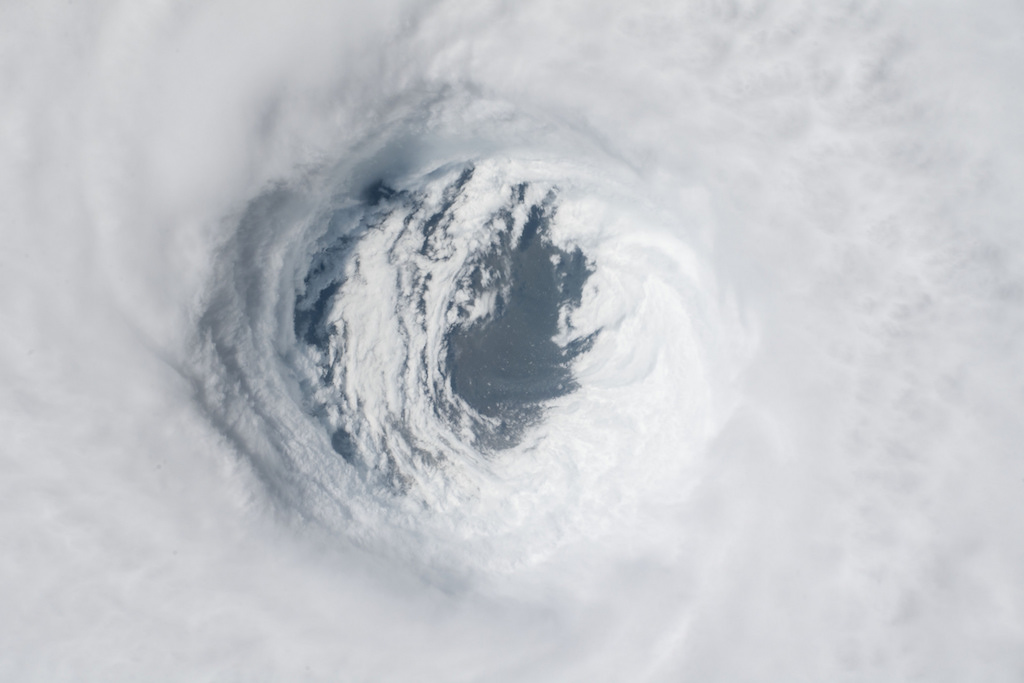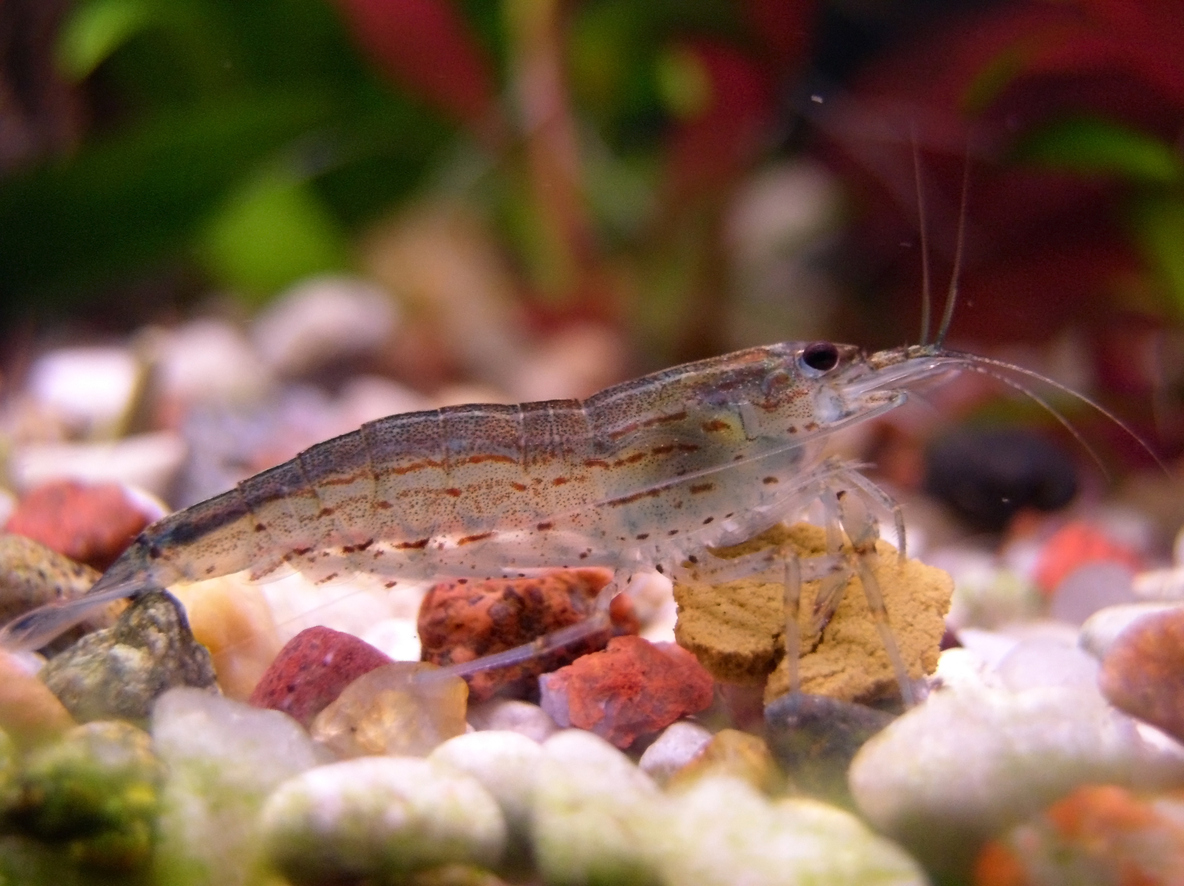
iStock / scubaluna
Meatpacking plants may have an unusual new ally in their fight against deadly bacteria: crustaceans. According to a new study in The International Food Journal of Microbiology, chitosan, a substance derived from the exoskeletons of shellfish, dramatically reduced the levels Salmonella and E. coli detected in raw ground beef.
The finding couldn’t be more timely. Just two weeks ago, the United States Department of Agriculture (USDA) issued a recall of nearly 7 million pounds of potentially Salmonella-tainted ground beef that it said was implicated in more than 50 confirmed illnesses in 16 states. It was the largest-ever recall of its kind, and it probably won’t be the last.
As I’ve reported, Salmonella is not considered an “adulterant” in meat under the Federal Meat Inspection Act (FMIA), as dangerous as it is. As a result, meatpacking plants have no legal responsibility to test for it, and meat sold at retail may contain it. In fact, the safety of raw meat—as far as Salmonella goes—largely comes down to what you do in your home kitchen. In the government’s view, it’s up to you to cook your burger thoroughly enough to kill the bacterial threat.
Still, in large U.S. facilities like the JBS plant in Tolleson, Arizona that was responsible for this month’s recall, most beef carcasses are pasteurized with steam or hot water, then sprayed down with lactic acid. This method of sterilization can lower concentrations of Salmonella and E. coli concentrations significantly. But if the recent recall is any indication, it probably doesn’t go quite far enough.
That’s where the crustaceans come in.
Chitosan is a polymer derived from chitin, a primary ingredient in the rigid shells of crustacea like lobsters, crabs, shrimp, and krill. It’s been approved for dietary use in a handful of countries including Finland, Italy, and Japan, though it’s not currently listed on the Generally Recognized as Safe (GRAS) list in the U.S. except for in one instance—as an anti-spoilage ingredient in wine, where it’s typically removed from the final product during filtration. But researchers here and abroad are increasingly interested in chitosan’s apparent antimicrobial properties, especially when it comes to meat.
Then, pasteurization began. After treating the meat with steam, the authors measured how that process affected bacterial concentration. Salmonella levels declined by almost 90 percent—suggesting that existing food safety protocols can be effective in treating that particular bacteria. E. coli levels, on the other hand, remained constant.
Next, the steamed samples were treated further. The control group was treated with lactic acid, as meat commonly would be in slaughterhouses, while a second group was treated with a solution of 1 percent chitosan. The outcomes were starkly different. Treatment with lactic acid after steaming had virtually no antimicrobial effect. But the group treated with chitosan after steaming showed that heat-resistant E. coli, which was not reduced through steaming alone, fell by 90 percent. Salmonella, which had already declined after pasteurization, fell by another 90 percent.
Despite the study’s extraordinary results, it’s not clear whether the meat industry will be able to take advantage of the findings any time soon. Primex, an Icelandic biotech company, petitioned the Food and Drug Administration (FDA) to approve chitosan for use in food in 2002, 2005, and 2013, but has each time withdrawn its application, for reasons that aren’t immediately clear, before the agency could make a determination. Some scientists have argued that more comprehensive testing is necessary to determine chitosan’s suitability for human food, despite its ubiquity as a processing aid elsewhere in the world.
Meanwhile, chitosan’s limited use in wine and other alcoholic beverages in this country hasn’t seemed to be an issue—even for people with shellfish allergies. A small study of 14 participants, all of whom had a history of anaphylactic reactions to eating shrimp, found that wine processed with shrimp-derived chitosan was unlikely to provoke a reaction. Only one participant had a reaction to a skin prick test, though no medical intervention was necessary; all 14 participants ingested wine without incident.
Sounds benign enough. Are we ready to treat raw beef with shellfish polymers to prevent Salmonella—a kind of food safety surf and turf? We’ll keep you posted.

